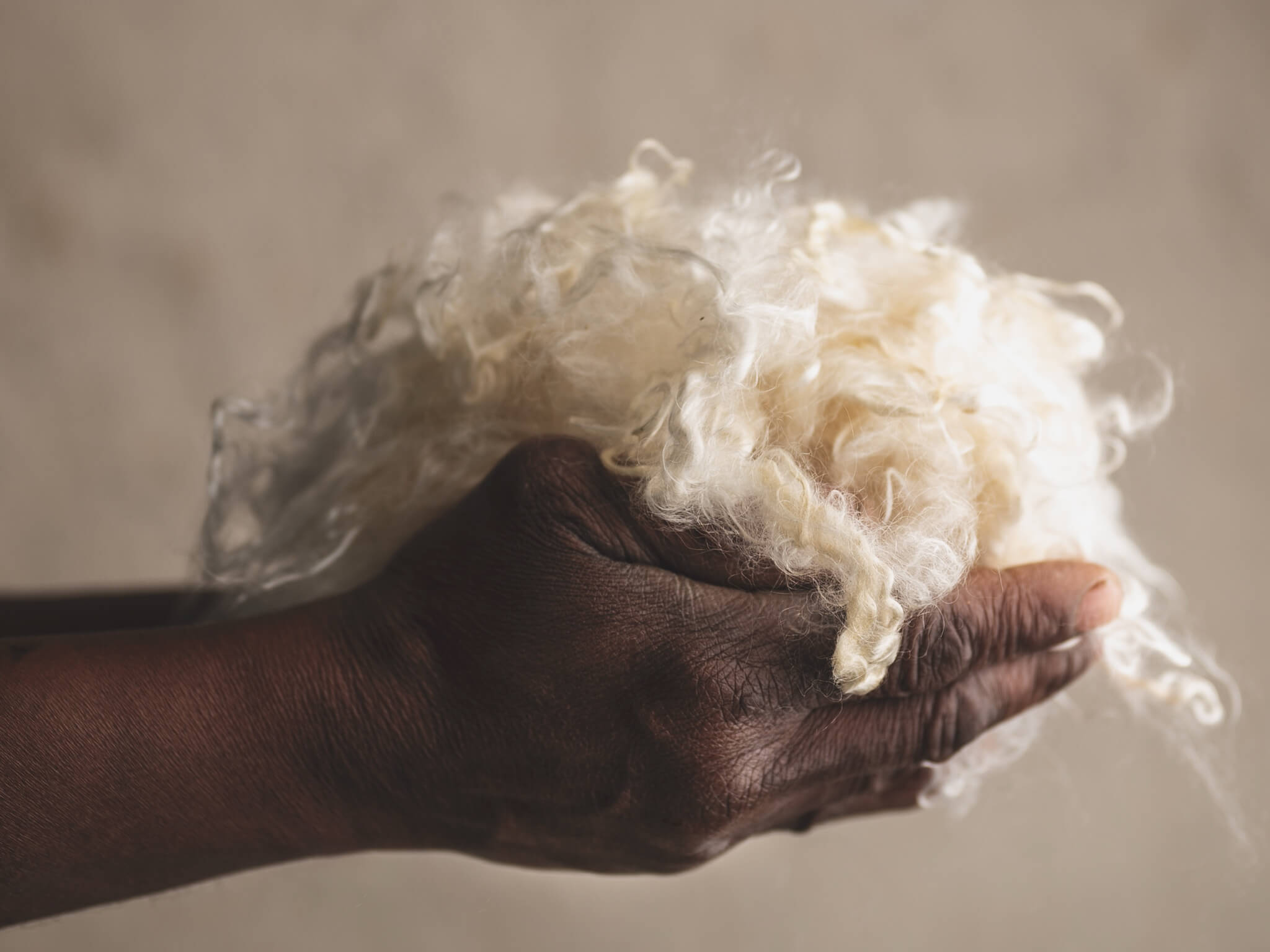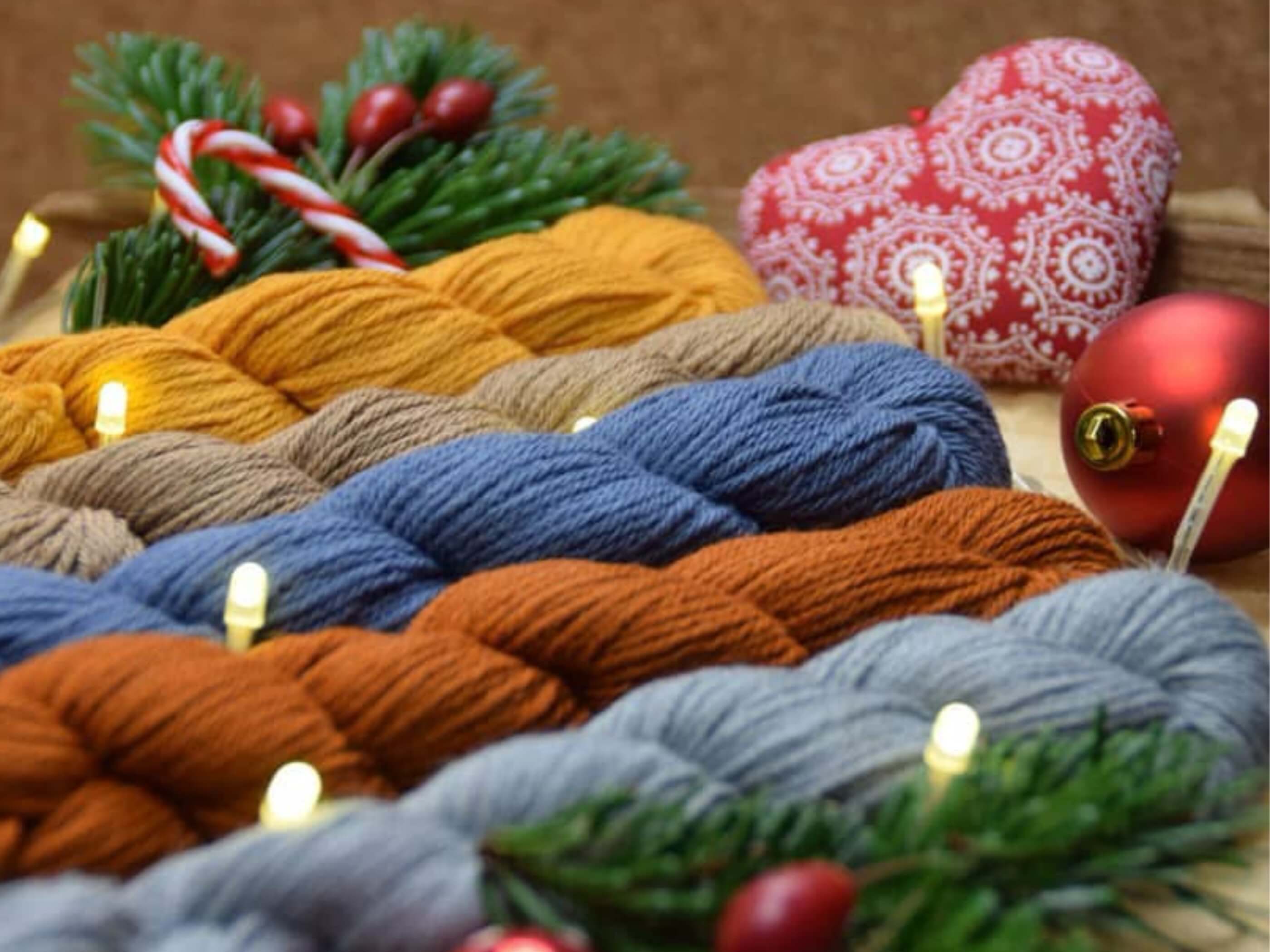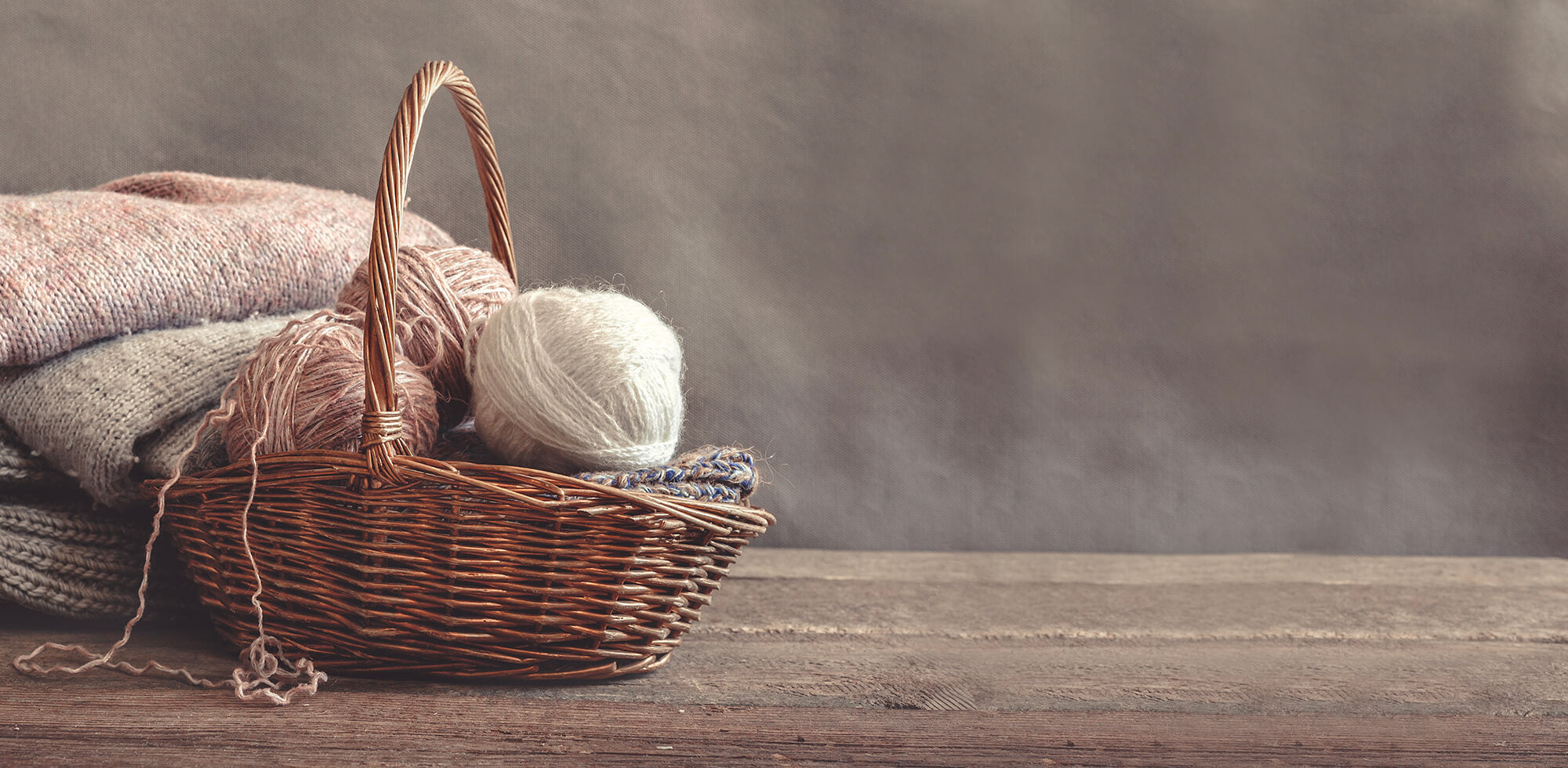By Claudia Ostrop
You might remember Paul’s last adventure, where he went to South America to follow in the footsteps of llamas. This time, his travels took him in the opposite direction.
In October, Paul explored South Africa, visiting farms that raise the remarkable mohair goats. Their luxurious fibers are the foundation of Pascuali’s exquisite yarns, “Mohair Bliss” and “Manada”, bringing the finest quality to knitters worldwide.

South Africa
The journey began in Gqeberha (formerly Port Elizabeth), one of South Africa’s largest cities, nestled in the Eastern Cape. This vibrant hub is also home to the spinning mill where the finest Superkid Mohair is transformed into Pascuali’s luxurious “Mohair Bliss” yarn.
From the port city, Paul and his group embarked on a scenic drive northeast, heading toward the goat farms located about three hours away. The route was filled with breathtaking landscapes, and a detour to a national park offered unforgettable encounters with ostriches, zebras, and even a majestic herd of elephants.
“Because it was mid-October, everything was still quite dry,” Paul remarked. “But by November, South Africa becomes beautifully green.” Since South Africa is in the Southern Hemisphere, its seasons are opposite to ourr, so summer was just getting started.
The mohair goats live in herds of 100–200 animals. They roam freely during the day but are brought into shelters at night for protection. During the colder months (our summer), they’re given additional feed, as there’s not enough food for them outdoors.
The Mohair Goat

Although often referred to as “mohair goats,” their official name is Angora goats. Originally from Central Asia, they eventually made their way to the Turkish province of Ankara, where they were highly valued for their luxurious fleece. The name “Angora” is derived from Ankara. Interestingly, the term “Angora wool” actually refers to the hair of Angora rabbits, not goats.
Today, mohair goats are primarily raised in South Africa, Lesotho, and the United States. For simplicity, we’ll continue calling them “mohair goats” in this article 😉.
The word "mohair" comes from the Arabic "Mukhayar," which means "fabric made of shiny and lustrous goat hair" or "preferred fiber."
Mohair goats are hardy and adaptable, thriving in dry, semi-dry, and mountainous regions. This makes them ideal for breeding in places like South Africa and Texas, which are the world’s leading mohair producers.
Most mohair goats are white, though there are colored variants with brown, gray, or black hair. The goats are relatively small but produce an impressive amount of fiber.
They’re shorn twice a year, in spring and fall. Depending on the goat’s age, each shearing yields 1–6 kilograms (approximately 2.2–13.2 pounds) of long, silky-soft, fine curly hair—the lightest textile fiber there is.
Mohair

Mohair is an exceptional fiber that has earned its place as a favorite among hand knitters. Its natural, silky sheen paired with luxurious fluffiness sets it apart, while Superkid Mohair—the softest variety—is gentle enough for even the most sensitive skin.
Despite its delicate appearance, mohair is incredibly strong, making knitted pieces both lightweight and surprisingly durable. Its elasticity ensures garments resist sagging, and it’s naturally wrinkle-resistant, adding to its versatility.
Mohair’s insulating yet breathable properties make it perfect for any season—keeping you warm without overheating and wicking moisture away for comfort on warmer days. Additionally, its smooth fiber structure minimizes pilling and resists absorbing odors, making it a practical and beautiful choice for any knitting project.
Mohair is categorized based on its softness:
Depending on the micron count which indicates the fineness of the fiber, it is classified as Superkid Mohair, Kid Mohair, or Mohair.

Superkid Mohair
Superkid Mohair is the finest grade of mohair, with fibers measuring a maximum of 23 microns in diameter. It is sourced from young goats that are no older than six months, typically during their very first shearing. Pascuali’s luxurious yarns, Mohair Bliss and Manada, feature Superkid Mohair with an exceptional average diameter of just 21 microns, ensuring unparalleled softness and quality.
Kid Mohair
Kid Mohair is also comes from young goats, but its fibers have a slightly coarser micron count, typically ranging between 24 and 29 microns.
Mohair
As goats age, their hair becomes progressively coarser, with fibers from fully grown animals reaching up to 40 microns in thickness. These thicker fibers are primarily used for durable textiles such as carpets, upholstery, and heavy garments, rather than for delicate hand-knitting yarns.
Pascuali Mohair

After shearing, the fibers are carefully sorted directly on the farms. Since all of “our” goats are white, no color sorting is required.
Before spinning, the raw fibers are washed and carded northwest of Gqeberha (formerly Port Elizabeth). From there, they are spun into our luxurious “Mohair Bliss” at a mill in Port Elizabeth.
“The mohair from our farms is transformed into the finest and highest-quality yarn directly at the spinning mill,” Paul explains. “Even the staff there confirmed it!” he adds proudly.
This exceptional quality comes as no surprise, as we exclusively use the softest Superkid Mohair, blended with mulberry silk. Our mohair is also RMS-certified, meeting the rigorous standards of the Responsible Mohair Standard, which ensures humane treatment of goats, sustainable land management practices, and full transparency. Fair practices have always been a cornerstone of our values.
What’s not done to our mohair? It’s never coated with a silicone film to artificially enhance softness, as is common in other spinning mills. With the finest fibers already used, there’s no need. This means Pascuali´s mohair retains its natural softness even after purchase. Thanks to its superior quality, Mohair Bliss doesn´t shed as much. , making it perfect for those hesitant about mohair.

With its feather-light fibers, Mohair Bliss offers an impressive 328 yds (300 meters) per 25 grams. Combined with 40% Chinese mulberry silk, this yarn is nothing short of a dream.
Similarly, our Manada yarn uses mohair sourced from the same South African farms. However, it is spun in Peru, where silk, yak, and merino wool are blended to create an equally luxurious product.
We hope you’ve enjoyed this glimpse into South Africa and the fascinating world of mohair goats. More importantly, we hope it’s sparked your inspiration to explore the joy of knitting with this luxurious, feather-light fiber—an experience as soft and special as the mohair itself!




